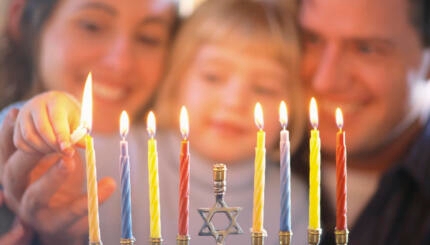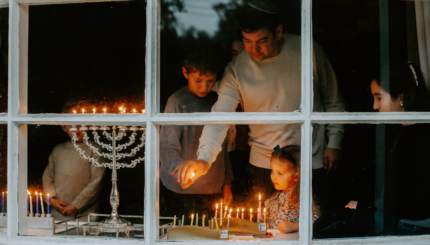Since I moved to the Pacific Northwest a decade ago, people ask me how I deal with all the rain. Yes, it does rain a lot, but that doesn’t bother me. What did surprise me when I first moved here, and I still have trouble getting used to, is the early nightfall in winter. The reduced sunlight in winter feels very pronounced in this corner of the US, with sunset coming around 4 p.m. in the dead of winter.
And while the routines of life continue normally, there is one slight adjustment I make to my schedule in winter: I turn on my “happy light.”
A “happy light” is a colloquial term to describe a full-spectrum lamp, a lamp that gives off far more light than a standard lamp. It is used to treat Seasonal Affective Disorder, a documented condition wherein, specifically during winter, people will exhibit symptoms such as fatigue, lack of energy and concentration, tendency to overeat, and others. Since it is connected to decreased sun exposure, the lamp provides “light therapy” whereby exposure to the light is meant to counteract this absence of sunlight.
Now, do I clinically have Seasonal Affective Disorder? I don’t know, but I know during winter I tend to exhibit the aforementioned symptoms of fatigue and less motivation. And does the happy light work? I don’t know either, but it does feel good to get more light exposure during these dark times.
To use a happy light, one simply turns it on while carrying out normal functions. I usually put it on in the morning, so it is on while I have my morning coffee, fix breakfast for my kids and prepare lunches. The light is not meant to be used functionally as a normal lamp—i.e., lighting up a room or used for reading—rather one is meant to look upon it indirectly, and by doing so, maximize one’s exposure to the increased light in order to affect an internal change.
Today is the first day of . Last night we lit the first candle of this eight-day festival of lights. While we celebrate the historical story of the Maccabees and their victory over the ruling Greeks in the 2nd century BCE, and the rededication of the ancient Temple in Jerusalem to Jewish use, it is not a surprise that we celebrate a festival involving light during the darkest time of the year. Hanukkah overlaps with Rosh Hodesh Tevet, the celebration of the new month of Tevet. And as Rosh Hodesh is marked by the new moon (that is, no moon) and this month includes the winter solstice, one night of Hanukkah falls on the darkest night of the month that is closest to the longest night of the year.
So we create light to combat the effects of the darkness, and not just the physical darkness. Lighting the is a form of “light therapy” to combat the spiritual darkness that surrounds us. Like the “happy light,” the Hanukkah candles are not meant to be functional or used practically, but are meant to be gazed upon to maximize one’s exposure to the increased light in order to affect an internal change.
How does it work? First, light the menorah. And when you look at the illuminated Hanukkah menorah, ask yourself these questions: What is the darkness that brings you down? Where in your life do you need illumination? What broken aspects of our society need to be exposed and brought to light? In what parts of your life do you burn bright?
Asking these questions and more will allow the light of the menorah to penetrate your inner being, And that should make us happy.



